Tryst with Indonesia’s Hindu Heritage – An Overview
- In Travel
- 05:07 PM, Oct 30, 2021
- Ami Ganatra
A work project brought me to Jakarta in October 2019. This was going to be my first time in Indonesia, and was going to be my home for coming 6 months. The more experienced and well traveled of my colleagues told me Jakarta has a Mumbai-esque feel to it, thanks to the traffic jams and the heat. In that sense, a kind of home-coming I was looking forward to. Little did I know, this would be a journey back into centuries worth of history, unraveling the civilizational connections of Sanatana Dharma. Connections going back 2000 years at least, per available records. This article is an attempt to chronicle my tryst with the historic Hinduness of Indonesia and its influence on contemporary Indonesian identity.
The tryst began the moment the flight tickets were booked. I was to fly to Jakarta on Garuda Airlines – the national carrier of Indonesia. Yes, the Indonesian national carrier is named ‘Garuda’ – a venerated eagle like deity that features prominently in Hindu shastras. Garuda is the ‘vahana’ i.e., vehicle/mount of Bhagvan Vishnu. As I looked out of the airport waiting area towards my Garuda was being readied for the flight, a warm feeling of ‘aham Visnu asmi’ swelled in my heart! I knew the next few months were going to be exciting, after all I was kick-starting with the name of Vishnu – Om Vishnave Namah!!
Within 15 minutes of stepping out of the airport, huge billboards flaunting “Dirgahayu Indonesia” greeted me. I rubbed my eyes twice to see if I had read it correct. Not “Long live Indonesia” but “Dirgahayu Indonesia”. ‘Dirghayu’ i.e. Dirgha Ayuh (दीर्घायु) is a Sanskrit word which means long life! . Wherever I looked Sanskrit shabdas flashed. Words like Graha, Wisma, Shanti, Jaya, Wijaya to name a few, jumped out and danced in front of my eyes. The Sanskrit anuragini in me was awestruck and overwhelmed.
Over the days, I learnt more about the influence of Sanskrit and Hindu Dharma on the Indonesian Identity. The national emblem of Indonesia is also Garuda and its motto is “Bhinnekka tunggal Eka”. that is Bhinneta mein Ekta – Unity in Diversity! The words of language and currency are Bahasa and Rupaiyah respectively.
Bahasa is an अपभ्रंश of Bhasha (भाषा) and literally means language. Rupaiyah has the same root word as (Indian) rupees – rupyakani (रूप्यकाणि). The foundational philosophy of Indonesia is called Pancasila, pronounced as Pancha Shila. Both words from Sanskrit which respectively mean five (pancha), shila (moral conduct/principles).
The mottos of Indonesia’s armed forces are Sanskrit phrases. Had I heard only the mottos, I would have never guessed any country except India. But here we are
- Indonesian National Armed Forces: Tri Dharma Eka Karma – Three mottos but one goal (referring to army, navy and air force and suggesting the unity in purpose of the three)
- Indonesian Army: Kartika Eka Paksi – The unmatched luminous Bird (Kartika is a star, nakshatra, eka means one; paksi means wing, bird)
- Indonesian Navy: Jalesveva Jayamahe – On The waters, We are victorious (Jalesu eva – in the waters Jayamahe – we win)
- Indonesian Air Force: Swabhuana Paksa – Wings of The Motherland (Swabhuvana – My homeland, paksha – wings)
- Indonesian National Police: official motto: Rastra Sewakottama – Nation’s best servants
Even sub wings under the above-mentioned units have Sanskrit mottos. I want to make specific mention of two others. The motto of Air Force commando unit, called Paksha Commandos I have to mention. Taken from a famous shloka of Bhagvad Gita, it says “Karmanyev Adhikaraste Mafalesu kadachana , meaning -You have right over your actions not the fruits.
The motto of Indonesia’s Police Academy is Dharma-Bijakshana-Kshatria, meaning Righteous/Just, Wise (vichaksana), Valorous. Not just armed forces related, but even other institutions have Sanskrit mottos. The Indonesian Supreme court holds itself to “DharmmaYukti” – Complete righteousness/True justice.
Oh, and this one. I clicked the picture in Malang from the bus. Had to! It is the emblem of Indonesia’s Infantry strategic operations unit 2. The motto is in Sanskrit – Vir Cakti Yuddha (Vir Shakti Yuddha – Courage is power in Wars). But it’s the emblem that blew me away. Do you see the daunting Trishula!
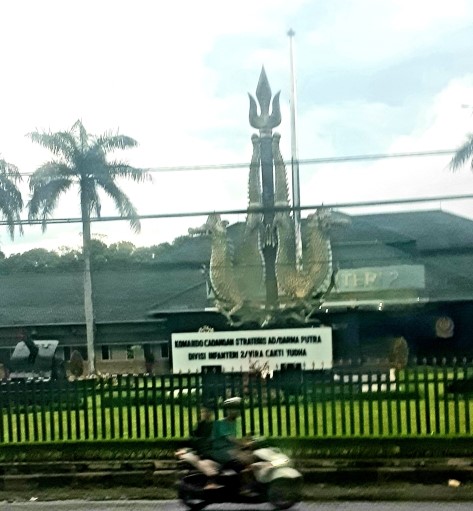
The connection is evident in traditional folk art as well. A well-known Indonesian temple/court traditional performing art form is Wayang (Wahan Wong to be precise for human dancer, Wayang by itself implies puppet shows) where in the artists perform stories from the Ramayana and Mahabharat. The most loved historic characters are Hanuman and Garuda. Hanuman ji in Indonesia is distinctly over the top naughty and hence loved by old and young alike. Watch any Ramayana Wayang or Kechak performance, Hanuman’s entry has people in splits!
The dance style itself seems visibly influenced by Natyashastras making generous uses of rasas, mudras to convey the story. The way the dancers sit in Ardhamandalam, the way they sway and move, is not very different from Bharatnatyam, Mohiniattam or Kuchipudi.
What more – the highest tourism revenue grossing locations in Indonesia are Bali and Yogyakarta. Balinese especially proudly flaunt their Hindu heritage.
The Hindu association is not limited to Bali and Yogyakarta. Temple ruins, a testimony to the glorious Hindu kingdoms in the past are sprinkled across Indonesia, especially in central and south Java, in places such as Dieng and Malang among others. Dieng, I couldn’t make it to. Malang I did when I went on the Mt. Bromo trek. Bromo basically is an apabramsh (derivation) of Brahma. One of the active volcanoes in east Java. Mount Sumeru is another one, named after the famed Meru Parvat in Hindu cosmology.
Jakarta too has its own flaunt-able history (of course), art pieces and temples. The name itself has a Sanskrit connection. An Indian visiting Jakarta’s national museum would sure have a “drop jaw” moment. Very easy to forget if one is in India or Indonesia. Do not miss this one if fate brings you to Jakarta. Within Jakarta city is this one other awe-inspiring piece of art – a recent one placed in the heart of Jakarta (in central Jakarta) at one of the main intersections right outside the entrance of The Monash – the independence monument. This magnificent sculpture is named Arjuna Wijaya Patung. As the name suggests, it depicts Krishna Arjuna in the battlefield of Kurukshetra
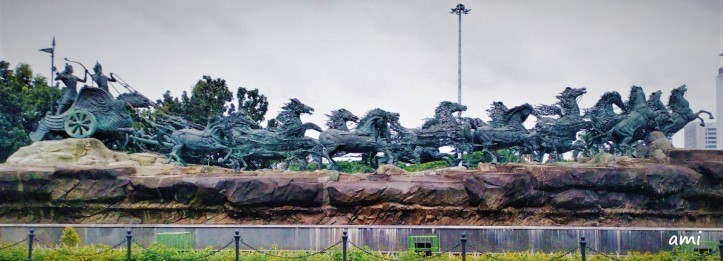
Unlike the Samudra Manthan sculpture at the Bangkok airport which is quite well known, few tourist guides talk about the Arjuna Wijaya statue. Compared to the Samudra Manthan sculpture, Arjuna Wijaya is starkly austere but no less majestic. To my mind this is one of the defining features of Jakarta and must be visited. I literally stumbled over it while trying to find my way home Monash. Only glad I did. The designer is a well-known Indonesian artist Nyoman Nuarta. He is the same artist who has designed the Garua Wisnu Kencana statue at the GWK park in Bali.
Notice the chariot shaped like a Garuda bird depicting Vishnu’s vahana and Krishna’s Garuda dhwaja. (Hindu’s consider Krishna to be an avataar of Vishnu). The 8 horses depict the “Ashta Brata” of the Javanese philosophy. The Ashta Brata literally mean the 8 vratas or self-disciplines. The philosophy derives from the lives and teachings of Rama and Krishna and explains how a good leader should shape his character according to the elements of nature. These are – Earth, Sky, Wind, Ocean/water, Moon, Sun, Fire, Star.
Dharmic connections are omnipresent. I have only just scratched the surface yet.
Indonesia, a country with over 85% citizens stating Islam as their religion embracing its non-Islamic past is an example that needs to be set in this world being ravaged by orthodoxy. I can only hope Indonesia manages to keep the radicalization trend at bay. In any case, my six-month stint here turned out be to more enriching and exciting than what I would have ever imagined.
Om Swasti Astu !!
All the images are provided by the author.




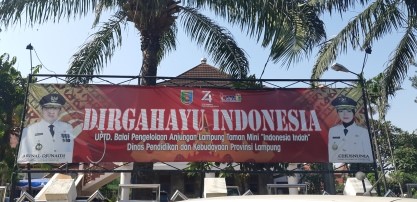
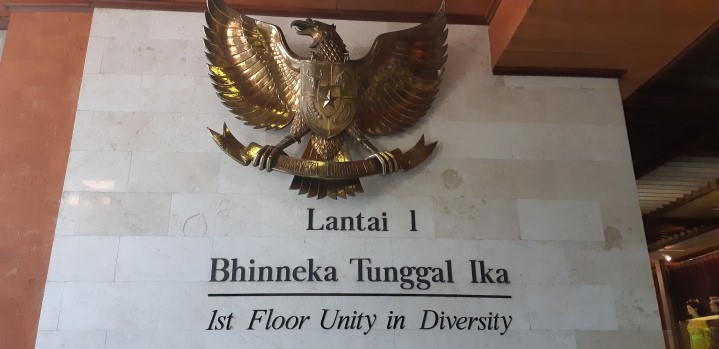
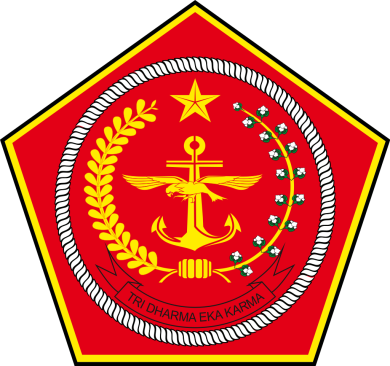


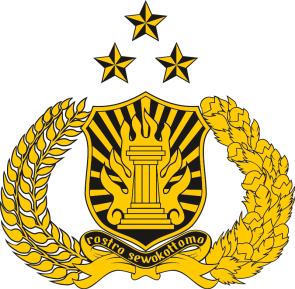


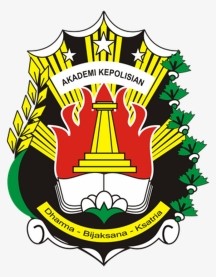
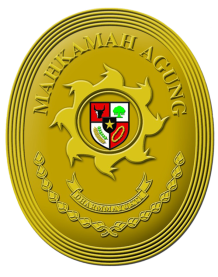
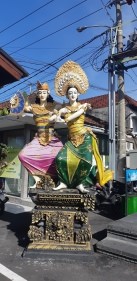
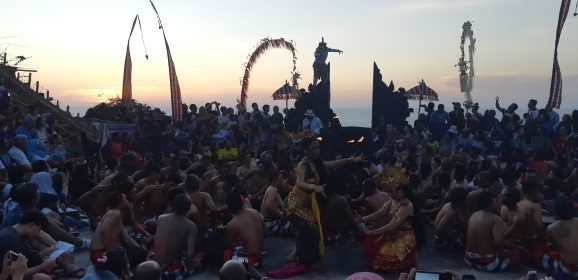
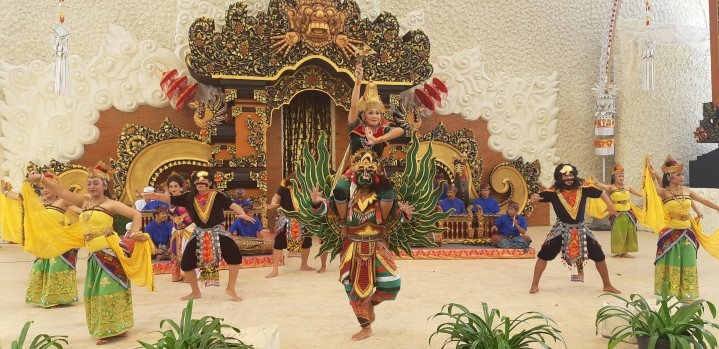



Comments